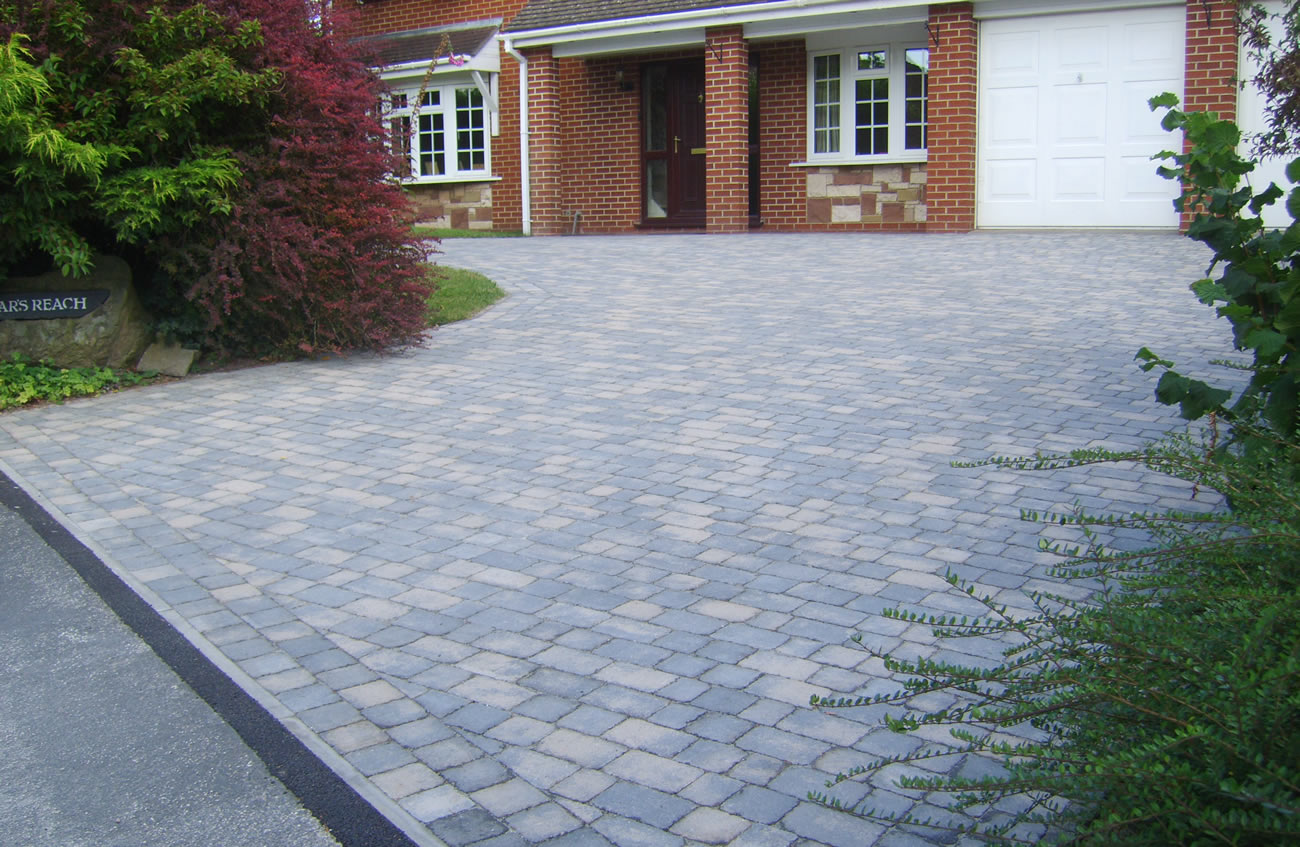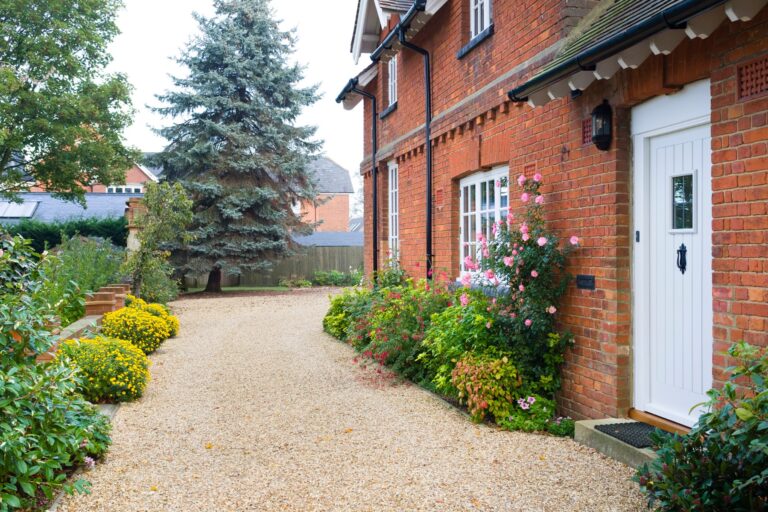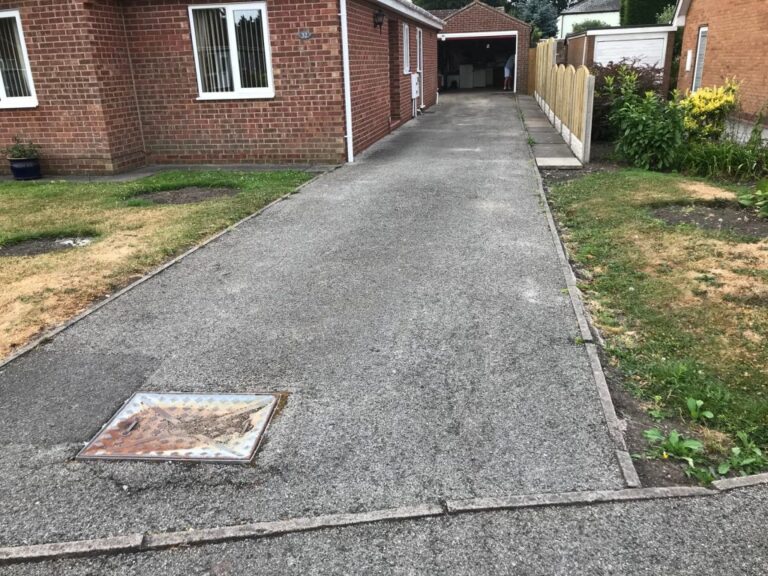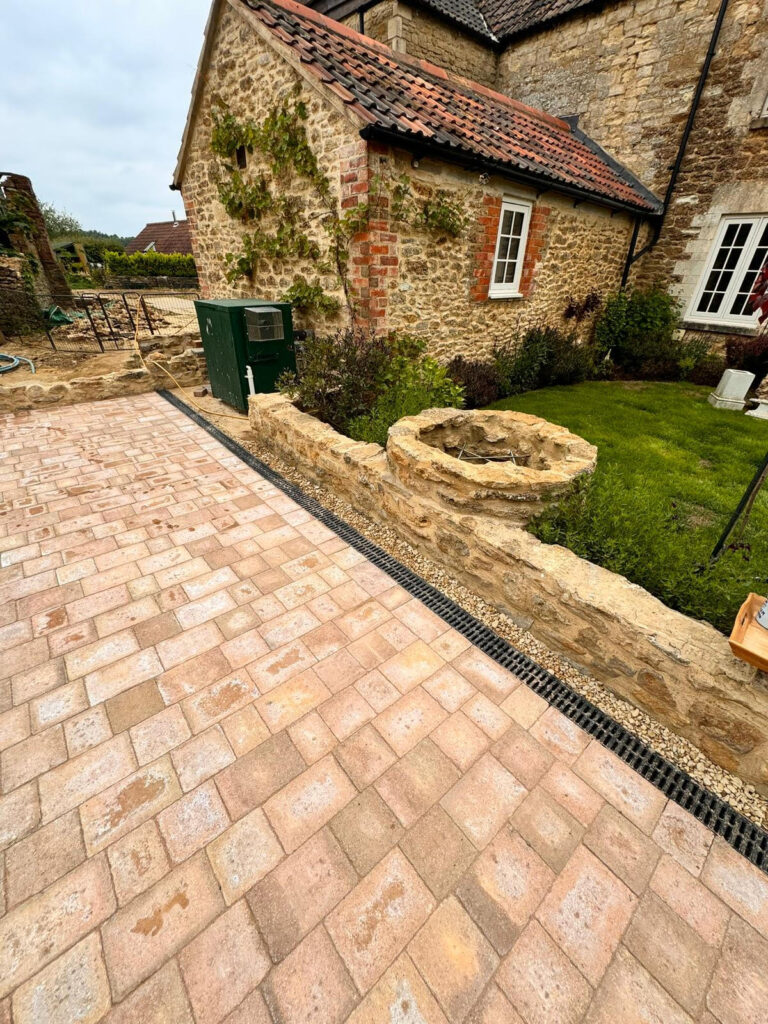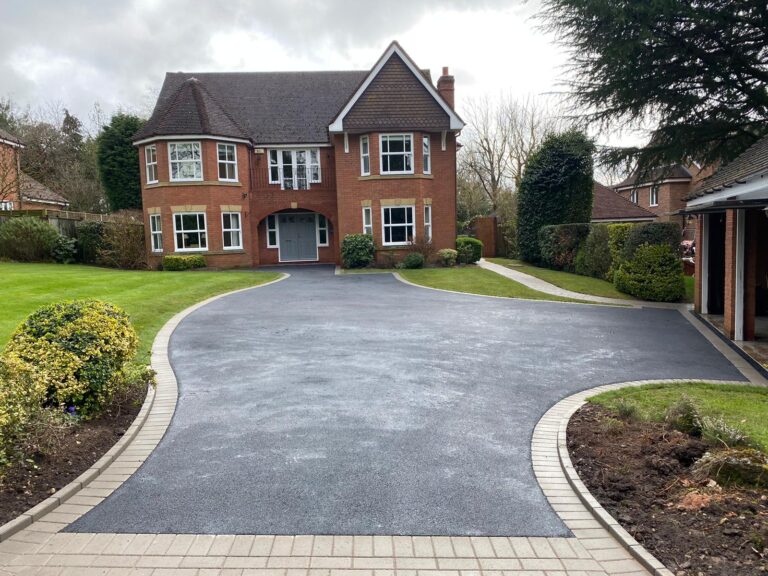When considering a new driveway, choosing between block paving and tarmac can be a tough decision.
Both materials are popular choices in the UK, offering distinct advantages and drawbacks.
Understanding the key differences in terms of longevity, cost, and aesthetic appeal will help you make an informed choice that suits both your budget and your property’s style.
Let’s compare block paving and tarmac to help you decide which is the best option for your driveway.
1. Longevity and Durability
Block Paving: Block paving is renowned for its long lifespan.
High-quality concrete or clay blocks can last for several decades with the proper care.
The individual blocks are highly durable and resistant to wear and tear, making them ideal for high-traffic areas like driveways.
Block paving is also relatively low-maintenance, as damaged or worn blocks can be easily replaced without having to redo the entire driveway.
However, the lifespan of a block paving driveway can be influenced by several factors, such as the quality of installation, the type of blocks used, and the level of maintenance it receives.
If weeds or moss are allowed to grow between the blocks, or if the driveway is not regularly cleaned and maintained, the driveway may deteriorate more quickly.
Tarmac: Tarmac driveways are also known for their durability, but their lifespan tends to be slightly shorter than that of block paving.
A well-installed tarmac driveway can last around 15 to 20 years, though it is more vulnerable to damage over time, especially from extreme weather conditions like frost and heavy rainfall.
Tarmac tends to crack or become uneven if not properly maintained, and repairing cracks or holes can be challenging.
While tarmac is durable, its longevity is highly dependent on factors such as the quality of the installation, the base preparation, and regular maintenance, such as sealing the surface to protect it from weathering.
Without proper care, tarmac driveways can begin to degrade, especially in areas with heavy traffic.
2. Cost
Block Paving: Block paving tends to be more expensive than tarmac both in terms of material costs and installation.
The cost of block paving will vary depending on the type of blocks you choose (clay, concrete, or natural stone), the design, and the complexity of the installation.
Generally, block paving is considered a mid-range to high-end option, making it a good choice if you are willing to invest in a driveway that offers long-term value and curb appeal.
While the initial cost is higher, block paving can provide good value for money over time, especially if you plan to stay in your property for many years.
Additionally, because the individual blocks can be replaced when necessary, there’s no need for a complete overhaul of the driveway.
Tarmac: Tarmac is one of the most cost-effective driveway options.
The materials are relatively inexpensive, and the installation process is quicker and less labour-intensive than block paving, keeping costs low.
If you’re working with a tight budget, tarmac is a popular choice due to its affordability.
While the upfront cost is much lower than block paving, it’s important to factor in long-term maintenance costs.
Tarmac driveways may require resealing every few years to prevent damage, which could add to the overall cost over time.
3. Aesthetic Appeal
Block Paving: Block paving offers a wide range of aesthetic possibilities, which is one of its biggest advantages.
The variety of colours, textures, and patterns available allows you to create a customised look for your driveway.
Whether you prefer a traditional look with red or grey bricks or a more modern appearance using decorative stone, block paving can complement almost any style of home.
Moreover, block paving allows for creative designs, such as circular patterns or borders, which can add visual interest and significantly increase your property’s curb appeal.
For homeowners looking to make a statement, block paving is an ideal choice.
Tarmac: Tarmac driveways have a more basic, functional look compared to block paving.
The surface is generally uniform, smooth, and dark in colour, typically black or dark grey.
While tarmac can suit modern homes or properties with a more minimalist aesthetic, it doesn’t offer the same level of visual variety as block paving.
However, if you prefer a simple, no-fuss approach, tarmac may be more appealing.
Tarmac’s sleek, seamless appearance can also make smaller driveways look cleaner and more uniform.
However, tarmac driveways can appear quite plain compared to the decorative patterns and designs possible with block paving.
4. Maintenance
Block Paving: Block paving requires regular maintenance to keep it looking its best.
This includes sweeping away debris, pressure washing the surface to remove dirt and moss, and occasionally re-sanding the joints between the blocks to prevent weed growth.
While maintenance is generally straightforward, it does require more effort than tarmac to maintain its appearance and prevent damage.
However, because individual blocks can be replaced easily, minor repairs are less costly than resurfacing a tarmac driveway.
As long as you keep up with cleaning and addressing any weeds, block paving can remain in excellent condition for many years.
Tarmac: Tarmac driveways are relatively low-maintenance.
They don’t require re-sanding or regular cleaning like block paving, but they do need to be sealed every few years to prevent cracking and weathering.
You’ll also need to address any cracks or potholes promptly to prevent further damage.
While tarmac driveways are easier to maintain than block paving in some respects, neglecting cracks and sealing can shorten the lifespan of your driveway significantly.
Choosing between block paving and tarmac ultimately depends on your priorities.
If you’re looking for a long-lasting, aesthetically pleasing driveway that adds value to your home, block paving is the better choice.
While it requires a higher initial investment, its customisable design and durable materials offer excellent value over time.
On the other hand, if budget is a major consideration and you want a quick, low-maintenance option, tarmac could be the ideal solution.
It’s affordable and practical but may require more frequent maintenance to ensure it lasts.
Both materials have their advantages, so consider your specific needs, budget, and desired look to make the best choice for your driveway.

